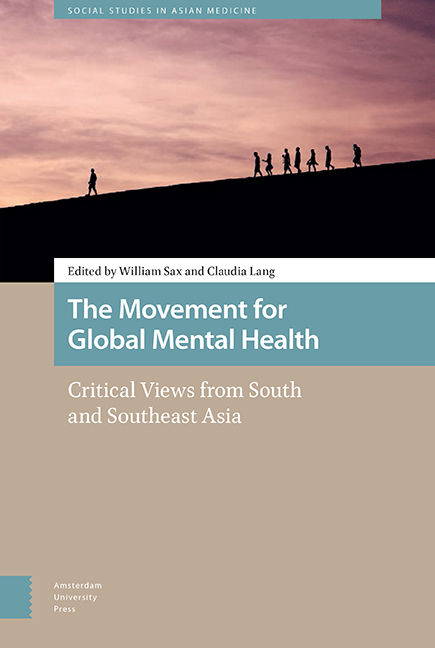5 - Jinns and the Proletarian Mumin Subject: Exploring the Limits of Global Mental Health in Bangladesh
Published online by Cambridge University Press: 27 May 2021
Summary
Abstract
This article describes an epidemic of jinn attacks on schoolchildren in contemporary Bangladesh. It explores the ways in which the psychiatric and state health establishment of the country has repeatedly labelled these outbreaks ‘mass psychogenic illness’ and dismissed the widespread local use of kobirajes in these cases. By exploring strategies through which the biomedical establishment has, notwithstanding its own failure to understand or treat these outbreaks, sought to assert the authority of its own frameworks and discredit jinn-based frameworks, I argue that we can glimpse deeper differences between how the two competing frameworks conceptualise the subject of suffering.
Keywords: hysteria, psychosocial, Islam, ritual therapy, ontology
Rumi Khatun died on 19 May 2015. She was only eleven years old the time of her death and studied in Class Five at the Bordanagar Government Primary School in the Pabna district of Bangladesh. She had been admitted to the government health centre at Chatmohar the day before. Doctors at the Chatmohar Upazila Health Complex tried their best to save her life, but were unable to determine exactly what ailed her and she eventually passed away (Ranju 2016).
Less than two years later on 13 February 2017, another young girl, Rani Khatun, died under very similar circumstances. Rani was a student of Class Nine at the Dr. Hanif Uddin High School in Dari Hamidpur in the Jamalpur district of Bangladesh. Rani had come back from school on 26 January and immediately fallen mysteriously ill. She had lost all sensation in both her legs and had begun to speak incoherently. She was taken to the hospital, but her unexplained and mysterious symptoms persisted. Though Rani had been in hospital for close to a month, the doctors remained unsure about precisely what had ailed her. (Jamalpur Correspondent 2017).
The only silver lining in this otherwise tragic loss of two young lives was the fact that the death toll was limited in each case to a single individual. The mysterious illnesses from which the girls died had, unfortunately, not afflicted them alone. A number of their classmates had also fallen ill and been hospitalised at the same time. The illness, often described vaguely as “mass psychogenic illness” [MPI] or “mass hysteria,” has erupted repeatedly throughout Bangladesh in recent years.
- Type
- Chapter
- Information
- The Movement for Global Mental HealthCritical Views from South and Southeast Asia, pp. 135 - 164Publisher: Amsterdam University PressPrint publication year: 2021

